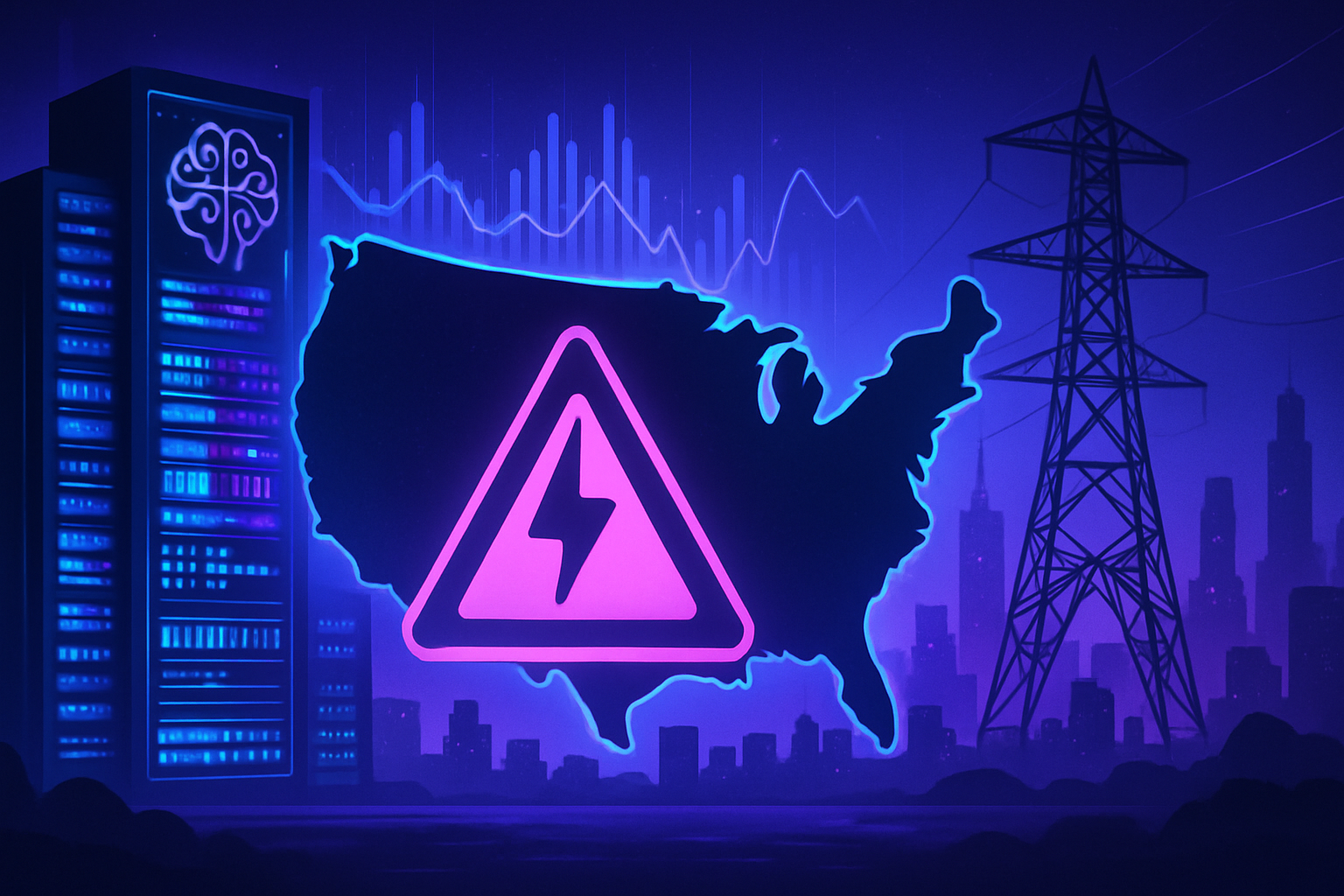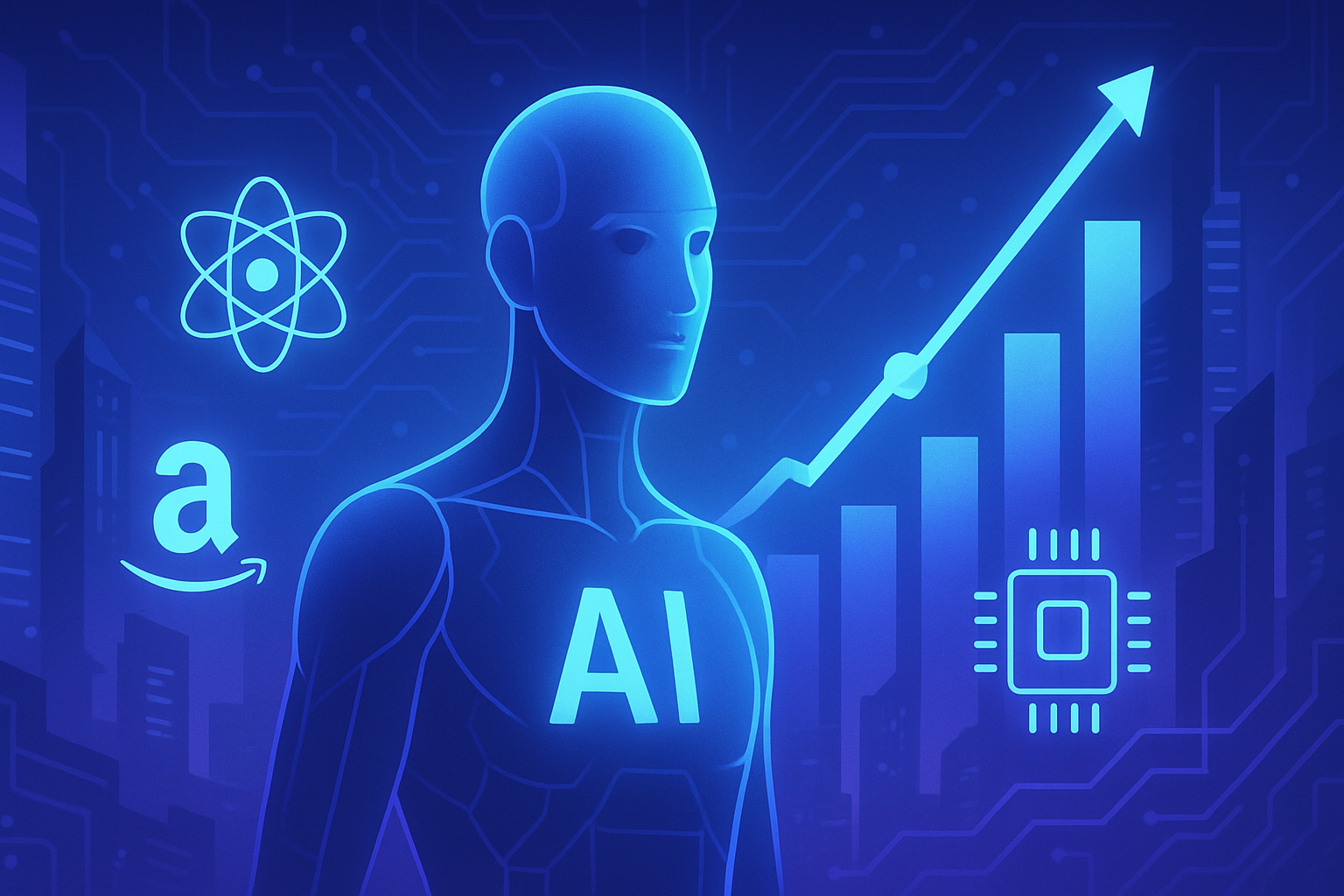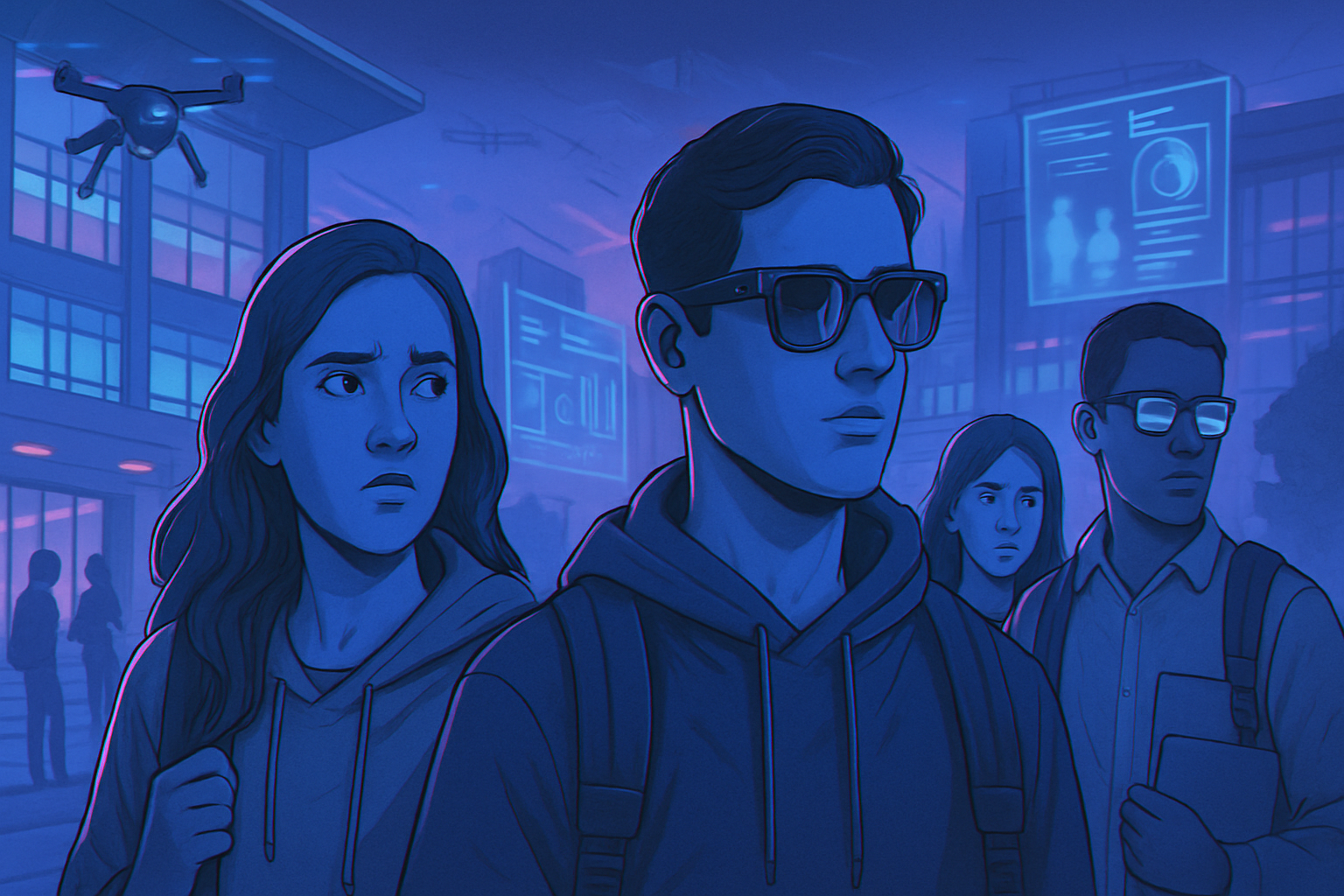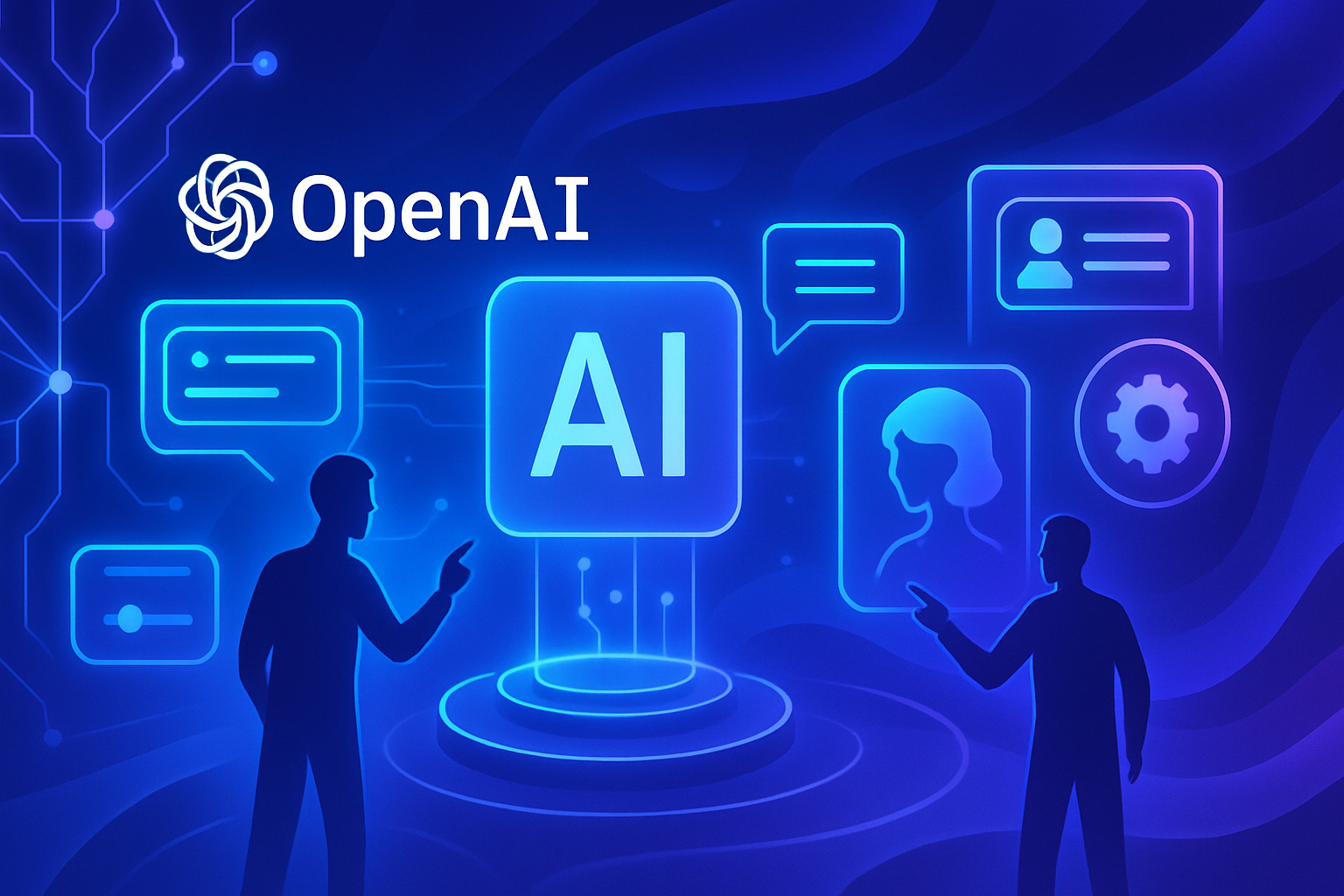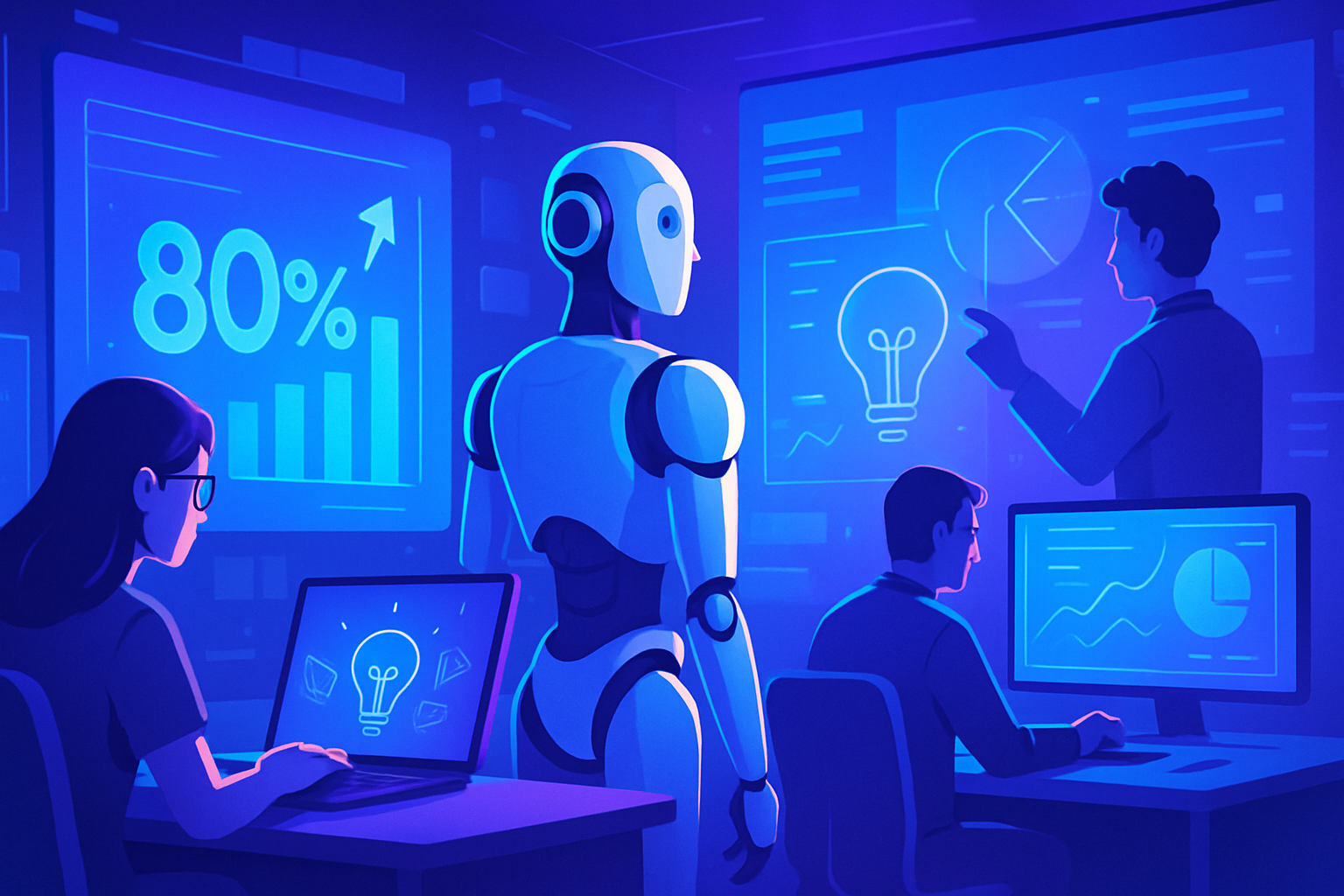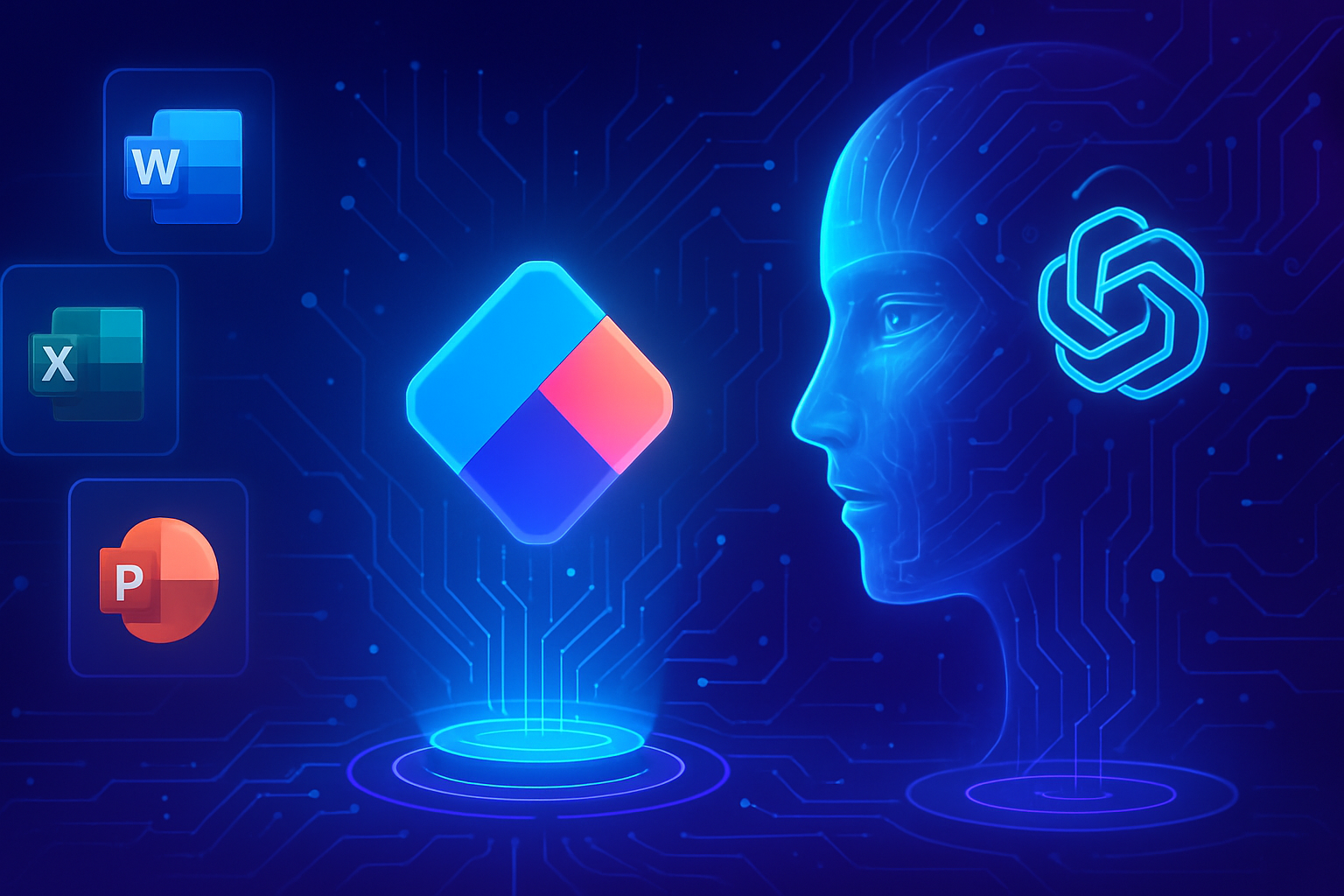The Energy Impact of AI: A Threat of Electricity Shortage for the United States?
Technological revolutions often bring unexpected consequences. The rise of artificial intelligence is accompanied by an *exponential* demand for electricity, threatening energy stability. The intensive energy consumption raises questions about the American grid’s capacity to keep pace with this accelerated rate.
New infrastructures, such as large-scale supercomputers, are emerging to meet this abundant demand. The challenges raised transcend the simple technological debate, highlighting ecological and economic realities. Thus, a scenario is shaping where AI could become a *powerful energy sink*, exacerbating an imminent electricity crisis.
The Rise of Artificial Intelligence and Energy Demand
The meteoric rise of artificial intelligence (AI) in the United States is accompanied by a rapid increase in electricity consumption.
According to estimates, by 2030, electricity demand could increase by 25% due to this technology. This figure is explained by the need for enormous amounts of energy to power data centers executing machine learning and AI algorithms. As models become more sophisticated, their energy resource needs increase, creating significant pressure on an electrical grid that is often already saturated.
Expanding Infrastructures
Major industry players, such as Nvidia and OpenAI, recently announced massive investment projects. Nvidia plans to invest $100 billion to improve its infrastructures, reflecting an ambition for the existence of oversized energy projects. These data centers will require the equivalent of the power of ten nuclear power plants to operate.
Another initiative, led by Elon Musk, concerns the supercomputer dubbed “Colossus,” built in Memphis, which alone requires 260 megawatts of power. This necessity makes AI training computation a true “black hole” in terms of energy consumption.
Risks of Electricity Shortage
This energy overconsumption could lead to an electricity shortage in the United States, especially if the grid fails to keep up with the growing demand. The electricity used to power AI applications will predominantly be produced from fossil fuels, thus doubling the environmental and economic challenges.
Experts highlight a crucial need for innovation in current energy systems. In the absence of technological revolutions to reduce this consumption, existing infrastructures risk becoming overwhelmed. Dependence on renewable energy, such as solar, could offer an escape, but this requires colossal investments and adapted public policies.
Responses to the Energy Crisis
In the face of this shortage threat, companies like Chevron are considering providing electricity specifically for the expanding data centers. This initiative aims to address the growing demand generated by AI while exploring more sustainable production structures.
The debate surrounding this energy crisis also raises fundamental questions about the need for strict regulation of AI infrastructures. Networking and efficient resource distribution prove crucial for maintaining a balance between technological needs and available resources.
The Path to a Sustainable Future
The transition to renewable energies appears to be a viable, albeit complex solution. Experts estimate that the Earth receives in one hour the equivalent of the energy humanity consumes in a year. This reality raises the question: how can we capitalize on this inexhaustible resource to meet the growing energy needs of AI?
Projects aimed at multiplying global nuclear capacity, foreshadow one of the necessary efforts for a sustainable future in light of the energy required by AI. The path is still fraught with challenges, but political commitment and technological innovations could help avoid an inevitable crisis.
At the same time, concerns about water resources, especially for powering data centers, must also be taken into account. The opening of AI growth areas, particularly near new reservoirs, raises profound environmental questions, as observed in this recent report.
The interconnection between AI, energy, and natural resources is intensifying. Implementing innovative and sustainable solutions is now seen as a necessity to avoid a long-term energy crisis.
Conflicts like that between Israel and Hamas also have implications for access and supply of essential resources, including electricity. Thus, the implications of these geopolitical tensions on the growth of AI and its infrastructures require special attention, as highlighted in this latest article.
This complex and dynamic context reignites discussions on the need for a proactive approach to managing electricity resources in an increasingly AI-dependent world.
Frequently Asked Questions about the Energy Impact of AI
What is the impact of artificial intelligence on electricity consumption in the United States?
Artificial intelligence could lead to an increase in electricity consumption of up to 25% by 2030, due to the growing use of supercomputers and data centers for processing data.
Why does the rise of AI pose a risk of electricity shortage?
The American electrical grid may not be able to keep up with the growing energy demand due to AI, especially if a large portion of the electricity is produced from unsustainable fossil sources.
Do investments in AI result in an increase in renewable energy production?
While some players like Elon Musk promote solar energy as a solution, most of the energy used to power AI still comes from fossil sources, raising environmental concerns.
What solutions exist to manage the energy consumption related to AI?
Technological revolutions such as improving the energy efficiency of data centers or switching to renewable energy sources can help manage the energy impact of AI.
What role do technology companies, such as Nvidia and OpenAI, play in this energy issue?
These companies are heavily investing in energy infrastructure, including high-consumption data centers, which intensifies the demand for electricity while providing advanced AI solutions.
Is it possible for solar energy to actually compensate for the increase in energy consumption due to AI?
While solar energy has the potential to be an inexhaustible resource, logistical and technological challenges remain for effectively and on a large scale integrating it into the current electrical grid.
Do electricity shortages related to AI concern only the United States?
The issue of increased energy demand related to AI is global and affects other countries experiencing rapid adoption of artificial intelligence and related technologies.
What future do you forecast for the balance between AI and the available energy resources?
A sustainable future will require innovations in energy efficiency as well as increased investments in renewable energies to meet growing demand without causing shortages.
